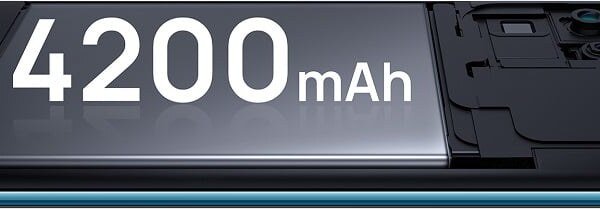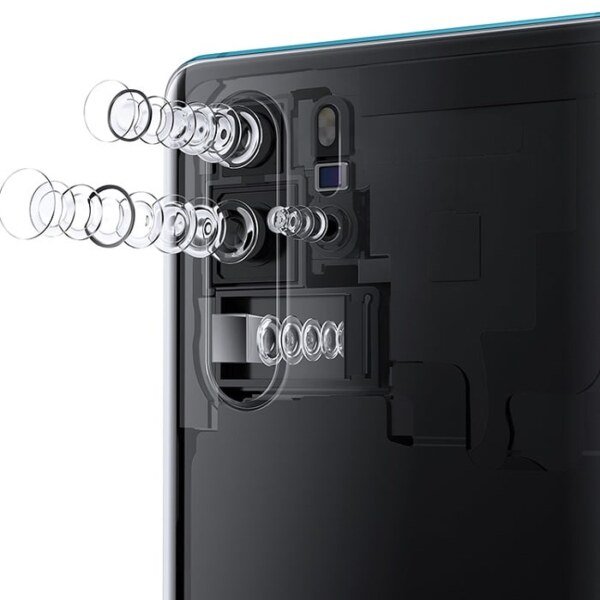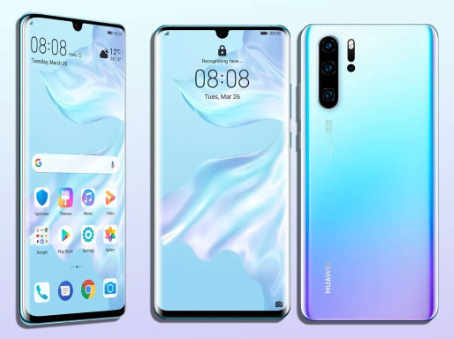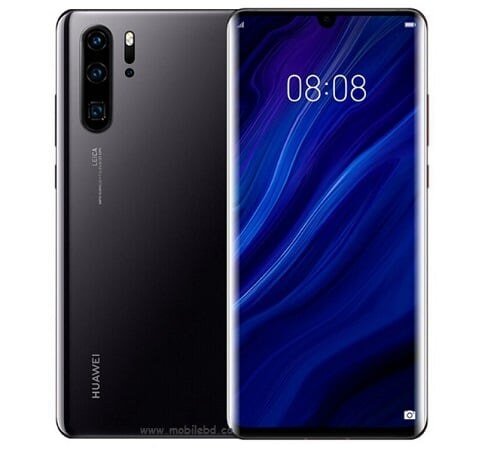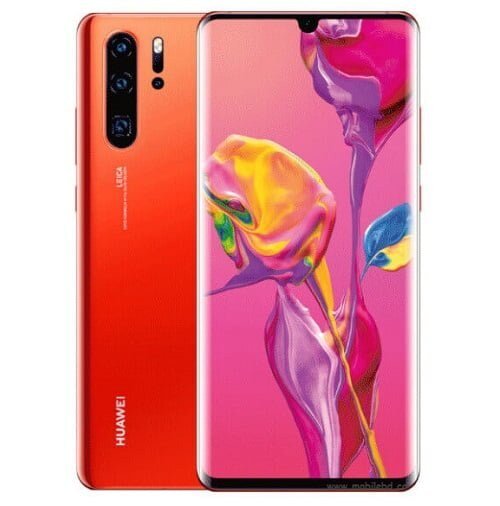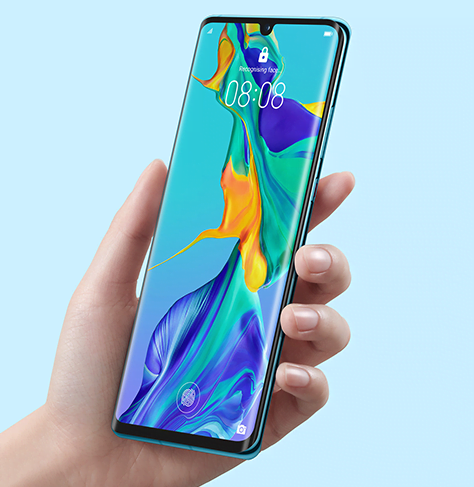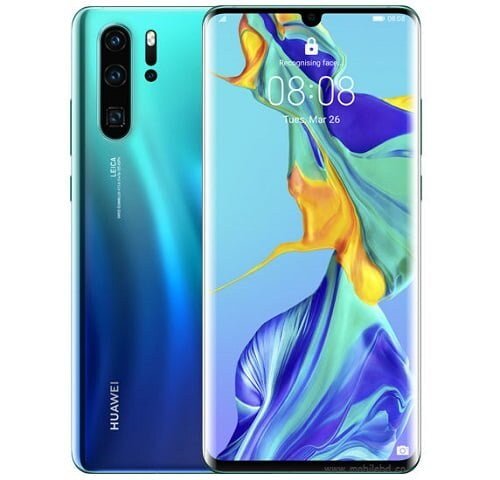Some Highlight Features of Huawei P30 Pro
Huawei has noticed the demand of the people and releasing various kinds of smartphones. This heir is the new Huawei P30 Pro. This is not a phone, It is a super camera phone. So the Huawei P30 Pro is one of the greatest inventions of Huawei. Instead of the lack of previous devices is filled by this phone. The phone comes with various special features and more updates from past Phones. At this time people are very interested to know about the device more and more. We will discuss a little bit of the key features below which will be provided by MobileBD. Let’s get started:

Display and Camera
The stylish Huawei P30 Pro comes with a curved 6.47-inch OLED display having a screen resolution of 1080 x 2340 pixels and a display density of 398 PPI pixel density, which delivers unparalleled visuals. The bezel-less display has an aspect ratio of 19.5:9 that makes it look more super stylish and smooth.
Phone Camera:
Main Camera: The p30 pro comes with a 40MP + 20MP + 8MP triple primary Camera with dual LED Flash, lenses that would allow ultra-wide-angle photography and videography. So that The phone company has given a good priority in Camera sector. With this type of camera, someone can easily take great still images. It is also good for video recording.
Selfie Camera: Huawei P30 Pro is providing a highly optimized 32MP of a front camera lens that would satisfy the users with the quality of selfies it produces. So that he is one of the best camera sensor ever Huawei use in their phone. You can easily take a good selfie and post then on social media or share it with friends.
Storage and Configuration
The Huawei P30 Pro stocks a 128/256/512 GB ROM, which is huge to keep the files and data of the users and is expandable up to 256GB via a Huawei MicroSD card.
The Huawei P30 Pro is powered by HiSilicon Kirin 980 (7 nm) that is known for its powerful performance. Which is an Octa-core (2×2.6 GHz Cortex-A76 & 2×1.92 GHz Cortex-A76 & 4×1.8 GHz Cortex-A55) processor paired with 8 GB of RAM, the phone can handle all the load without any lag. The performance of the chipset is one of the best ever at present. The phone has also a Mali-G76 MP10 GPU. So that which will provide you the best gaming and watching video experience with this phone.
Battery and Connectivity
The Huawei P30 Pro comes with a 4,200 mAH battery. Which is the devise power by a massive 4,200 mAh battery the beast of a battery. This is one of the phones which supports Quick Charging 3.0 technology and wireless charging on board. Battery lasts sufficiently long with normal usage on this device and charging it up is not a hassle at all. This is a dual nano-SIM that supports 4G VoLTE. Other than that Bluetooth v5.0 and NFC are included. Location is A-GPS and Glonass provided. Port-wise it has got a USB Type-C port but doesn’t have a 3.5 mm audio jack.


